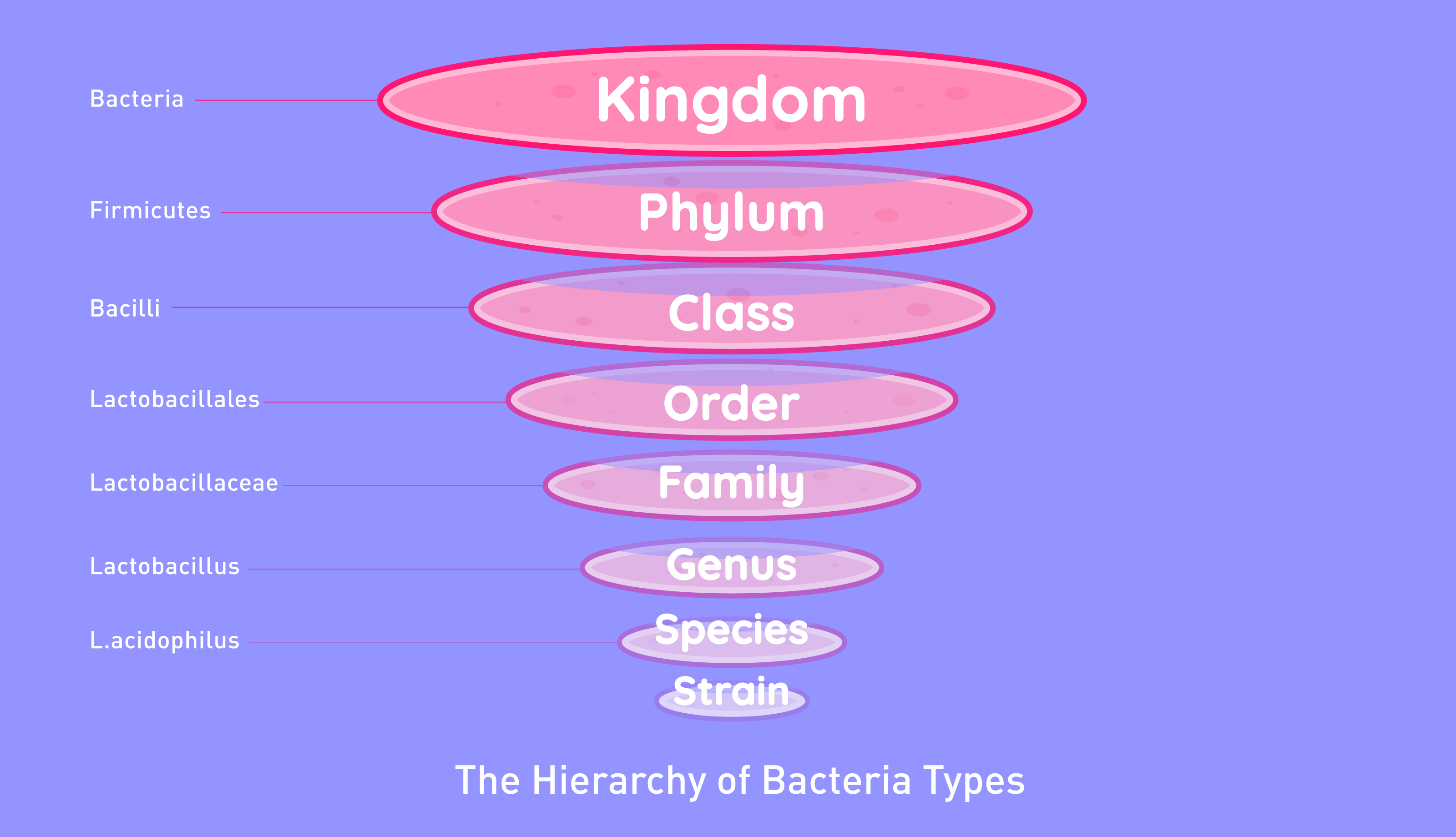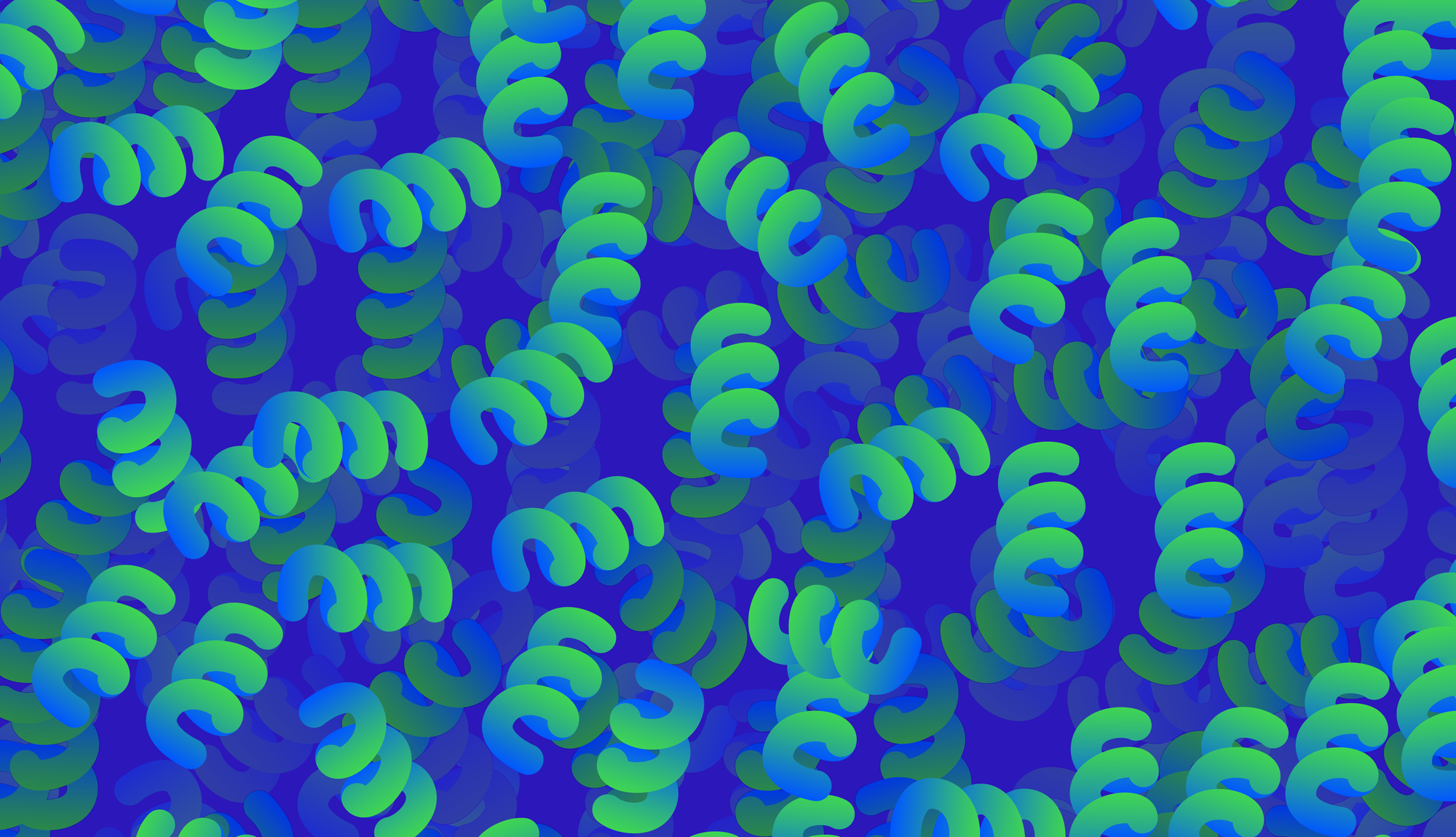Firmicutes are a type of bacteria that live in the human gut. Many members of the Firmicutes phylum produce an important substance, butyrate, that keeps the colon healthy.
The human gut microbiome consists of trillions of microorganisms, most of which are bacteria. Firmicutes are especially popular with scientists because many of them help maintain metabolic and immune health.
So far, researchers have discovered over 200 different types of bacteria that belong to the Firmicutes phylum. In this article, you’ll discover important species of Firmicutes, how they contribute to gut health, and what to eat to help them thrive.
Table of contents
- What are Firmicutes?
- Butyrate-producing Firmicutes
- Firmicutes and the third enterotype
- Firmicutes, obesity, and body weight
- Which foods encourage Firmicutes?
☝️DISCLAIMER☝This article is for informational purposes only. It is not intended to constitute or be a substitute for professional medical advice, diagnosis, or treatment.
What are Firmicutes?
The human gut is mostly made up of two dominant phyla: Bacteroidetes and Firmicutes. Firmicutes play a significant role in the relationship between gut bacteria and human health. Many of the members of this phylum break down carbohydrates in the gut that can’t be digested by the body’s enzymes, such as dietary fibre and resistant starch.

This process is called fermentation. When bacteria ferment dietary fibres, they produce metabolites, including vitamins and short-chain fatty acids, like butyrate. Butyrate helps prevent inflammation and fuels the cells of the gut lining, which maintains a healthy colon.
Many members of the Firmicutes phylum are probiotic. Lactobacillus, a probiotic bacterium often found in yoghurt and other fermented dairy products, belongs to this phylum. These microbes make acetate, another health-promoting short-chain fatty acid, as well as lactate, and antimicrobial substances that prevent pathogens from disturbing your health.
Some pathogenic species belong to the phylum, too. For example, Clostridium perfringens is a type of bacteria that causes gastrointestinal infections. There is also Staphylococcus aureus, a common cause of some serious infections.
☝What are probiotics?☝Probiotics are live microbes, including bacteria, that have proven health benefits for the human body.
Butyrate-producing Firmicutes

In addition to Lactobacillus, other beneficial members of the Firmicutes phylum are famous for producing butyrate, particularly Faecalibacterium, Eubacterium, Roseburia, and Anaerostipes. Butyrate has many benefits for health:
- source of energy for the cells of the gut lining
- stimulates the production of glutathione, a natural antioxidant
- controls intestinal inflammation and supports a strong gut lining
- helps prevent cancer by preventing cancer cells from developing
- encourages the production of hormones for a healthy metabolism
Firmicutes and the third enterotype
Scientists have found that human gut microbiomes, although unique, all fall into one of three major groups, known as enterotypes. The third enterotype, known as the “Grain Lover” in the Atlas Microbiome Test, is typically dominated by Ruminococcus, a member of the Firmicutes phylum.
Enterotypes can often be traced back to long-term eating habits. People with the “Grain Lover” microbiome type, as the name suggests, tend to consume more resistant starches and dietary fibres that are found in whole grains.
☝Read more about the 9 benefits of butyrate in this article.
Firmicutes, obesity, and body weight
Many studies have shown that the gut microbiota influences body weight control. When the gut microbiota of obese and lean people are compared, obesity is associated with a higher amount of Firmicutes and a lower amount of Bacteroidetes.
One study in humans found an association between the Firmicutes and Bacteroidetes ratio and obesity. The study analysed 98 subjects - 30 were within the lean range of body mass index, 35 were overweight, and 33 were obese.
The results showed that the total amount of short-chain fatty acids was highest in the obese group, suggesting that short-chain fatty metabolism may play a key role in obesity. That’s because the relationship between Firmicutes and obesity is linked to a greater energy harvest.
However, the Firmicutes/Bacteroidetes ratio theory is controversial and many studies have failed to confirm these findings, whereas there is plenty of evidence demonstrating the importance of butyrate and other short-chain fatty acids for human health.
Foods to nourish Firmicutes in the gut
If you want to encourage the growth and activity of your butyrate producers, namely Firmicutes, then you need to nourish them. Prebiotics, a fancy name for food molecules that can’t be digested by the body, such as fibre and starches, are a source of energy for these bacteria.
Diets that are rich in fruit, vegetables, legumes, and whole grains are ideal. Studies show that following a Mediterranean diet is associated with a greater abundance of Firmicutes, including Faecalibacterium prausnitzii. On the other hand, Western diets that are high in animal protein, fat, and sugar have a negative effect on beneficial gut bacteria.
If you want to increase the abundance of Firmicutes in the gut, then you should aim to eat plenty of high-fibre foods. Here are some foods you can add to your diet right away to support your gut microbiome and encourage Firmicutes and butyrate production.
| apples | garlic |
| barley | jerusalem artichoke |
| chicory root | oats |
| flaxseed | onions |
















